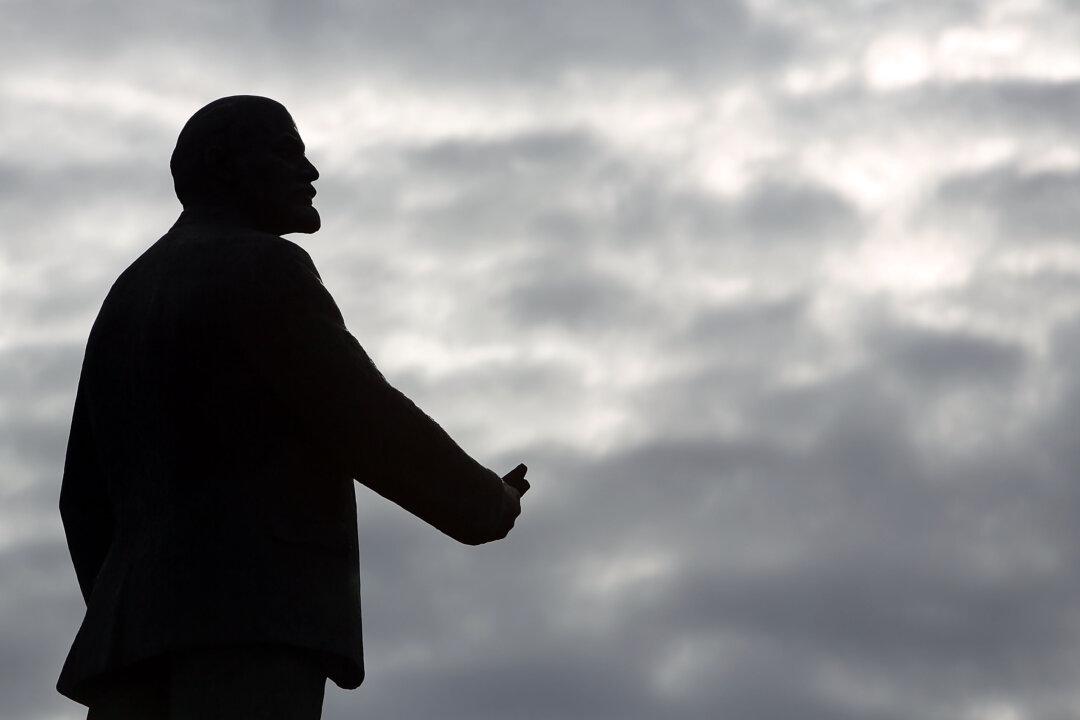Commentary
An old Soviet joke opens with a set-up question: What was the world’s most significant historical event in 1875? Punchline: Vladimir Lenin turned 5.

An old Soviet joke opens with a set-up question: What was the world’s most significant historical event in 1875? Punchline: Vladimir Lenin turned 5.